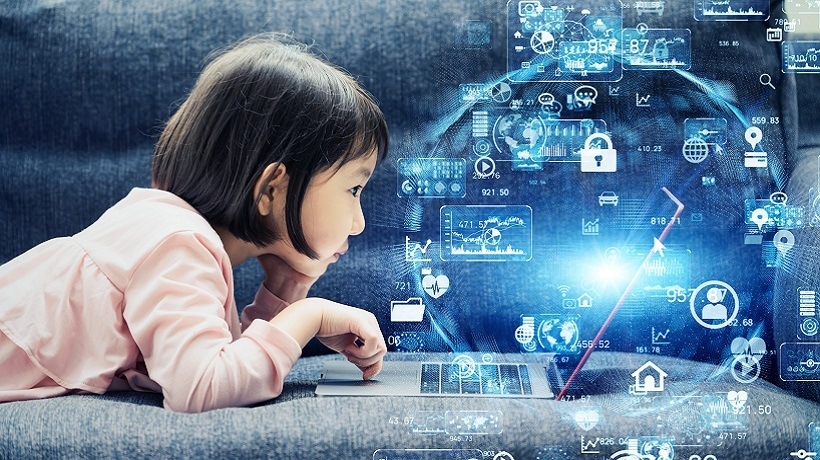
In the age of science and technology, the educational landscape has undergone a remarkable transformation, thanks to the integration of cutting-edge innovations. The fusion of traditional pedagogical methods with technological advancements has given rise to a paradigm shift in the way we study and educate. From the strides in Food Technology Study Programs to harnessing the potential of the Internet of Things, let’s explore how technology is shaping the future of learning and knowledge acquisition.
The use of technology in education is not a novel concept, but its evolution has been exponential. It’s no longer confined to the occasional use of computers in the classroom; instead, it has become an integral part of the learning process, revolutionizing the way students access information, interact with course materials, and make connections between theoretical knowledge and real-world applications.
The Internet of Things (IoT) and Educational Insights
One remarkable facet of modern education is the incorporation of the Internet of Things (IoT). This network of interconnected devices, equipped with sensors and software, has penetrated the educational sphere with remarkable precision. IoT has enabled educational institutions to gather data on student performance, preferences, and engagement, facilitating personalized learning experiences.
Through the use of smart classrooms and educational tools, educators can monitor student progress in real-time. This data-driven approach enables timely interventions, ensuring that struggling students receive the necessary support to excel. Moreover, it empowers teachers to tailor their teaching methods to suit individual learning styles.
Food Technology Study Programs: Nurturing Culinary Innovators
In the realm of Food Technology Study Programs, technology has redefined the culinary landscape. Aspiring chefs and food scientists now have access to cutting-edge equipment and methodologies that propel culinary experimentation to new heights. These programs emphasize the fusion of culinary artistry with scientific precision, equipping students with the knowledge and skills required for product growth and innovation.
For instance, the utilization of state-of-the-art kitchen appliances, such as sous-vide cookers and molecular gastronomy equipment, enables students to explore avant-garde culinary techniques. Furthermore, the integration of food safety protocols and quality control measures prepares graduates for careers in food production and management.
Science and Technology: A Dynamic Duo in Education
The relationship between science and technology has always been symbiotic. In the educational sphere, this synergy is particularly evident. Students now have the privilege of conducting virtual experiments in simulated laboratories, facilitating a deeper understanding of scientific principles.
Simulated experiments are not only cost-effective but also eliminate potential safety hazards associated with traditional hands-on experiments. Whether it’s exploring chemical reactions, dissecting virtual organisms, or observing celestial phenomena through computer-generated simulations, the marriage of science and technology enriches the educational experience.
Empowering Learners to Find Careers
One of the most significant impacts of technology in education is its role in helping students find careers that align with their interests and aptitudes. Online career assessment tools and platforms utilize sophisticated algorithms to match students with potential career paths based on their skills, preferences, and academic achievements.
Additionally, the digital realm offers vast repositories of information on various professions and industries. Students can access career profiles, salary projections, and job market trends with ease. This knowledge empowers them to make informed decisions about their educational pursuits, ensuring they are equipped with the skills demanded by the job market.
The Promise of mRNA Vaccines and Technology
While the focus of this discourse is primarily on educational technology(e.g: programming), it’s worth briefly delving into the intersection of technology and healthcare. Researchers have been learning and working with mRNA vaccines for decades. Interest has grown in these vaccines as a result of their capacity to be developed in a laboratory using available supplies. This means vaccines may be developed and produced in giant portions quicker than with other methods for making vaccines. However, it is imperative to note that the development of mRNA vaccines involves intricate scientific processes and rigorous testing, ensuring their safety and efficacy.
The integration of technology in education has unlocked a world of possibilities for both educators and learners. From the integration of Food Technology Study Programs and the dynamic interplay between science and technology to the power of the Internet of Things in facilitating personalized learning and the guidance it provides to students to find careers, technology has become an indispensable asset in the realm of education. Its evolution continues to shape the future of learning, promising a more informed and empowered generation of individuals ready to tackle the challenges of the modern world.
